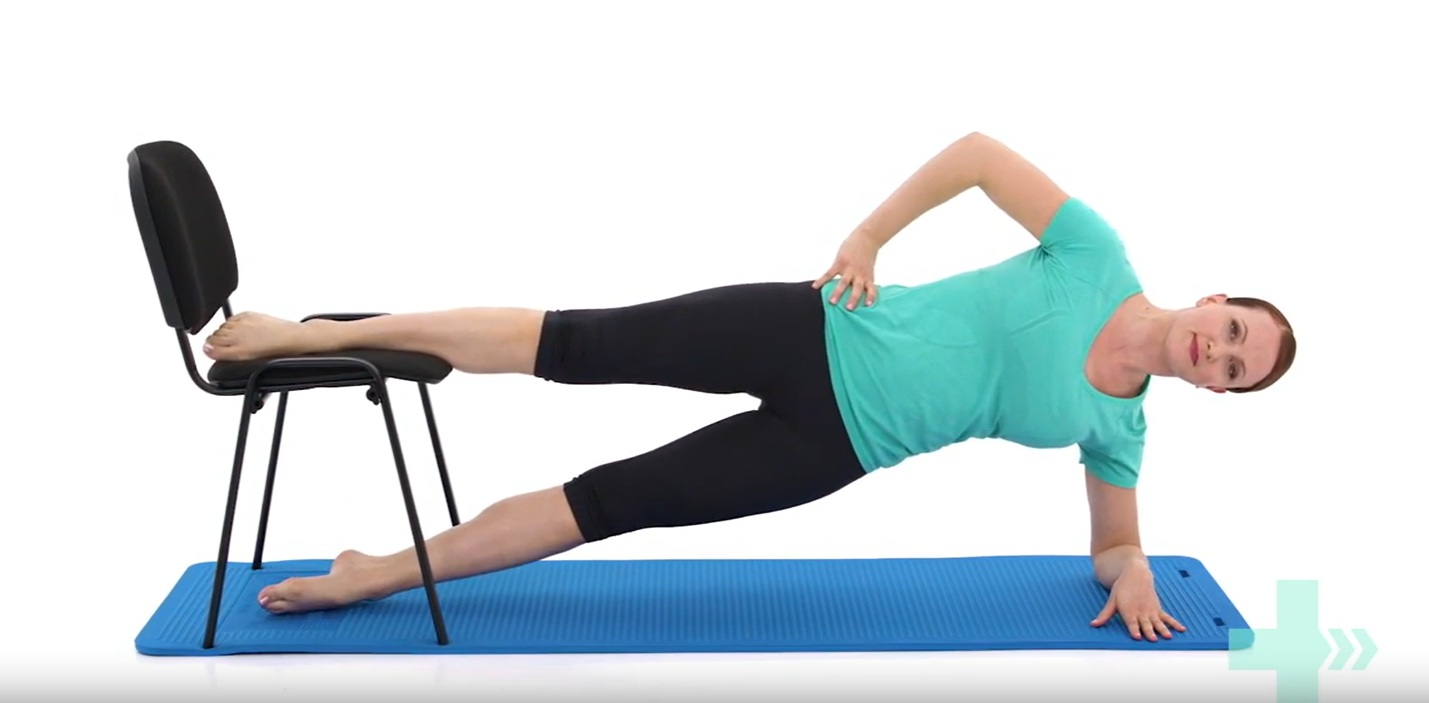If you’re looking to strengthen your core and thighs, the copenhagen plank is a must-try exercise. This plank variation targets the deep core muscles and inner thighs, helping to improve stability and balance. In this article, we’ll discuss the benefits of the copenhagen plank and provide a step-by-step guide on how to perform it correctly.
Benefits of the Copenhagen Plank
The copenhagen plank is a challenging exercise that offers numerous benefits for your body. Here are some of the key advantages of incorporating this plank variation into your workout routine:
Strengthens the Core
The copenhagen plank primarily targets the deep core muscles, including the transverse abdominis and internal obliques. These muscles are responsible for stabilizing the spine and pelvis, and a strong core is essential for proper posture and preventing back pain.
Tones the Inner Thighs
The copenhagen plank also engages the adductor muscles, which run along the inner thigh. These muscles are often neglected in traditional plank exercises, making the copenhagen plank an excellent addition to your workout routine for toning and strengthening the inner thighs.
Improves Balance and Stability
The copenhagen plank requires you to balance on one leg while holding your body in a plank position. This helps to improve balance and stability, which is essential for everyday activities and sports performance.
Can Be Modified for Different Fitness Levels
The copenhagen plank can be modified to suit different fitness levels. Beginners can start with a shorter hold time and gradually increase as they build strength. Advanced exercisers can add resistance bands or weights to make the exercise more challenging.
How to Do a Copenhagen Plank
Now that you know the benefits of the copenhagen plank, let’s dive into how to perform it correctly. Follow these steps to ensure you’re doing the exercise safely and effectively:
Step 1: Lie on Your Side
Start by lying on your side with your legs extended and stacked on top of each other. Your elbow should be directly under your shoulder, and your forearm should be flat on the ground.
Step 2: Lift Your Hips
Engage your core and lift your hips off the ground, creating a straight line from your head to your feet. Your body should be in a side plank position.
Step 3: Bend Your Top Leg
Bend your top leg at the knee and place your foot on a bench, chair, or any elevated surface. Your foot should be in line with your hip.
Step 4: Hold the Position
Hold the copenhagen plank for 30 seconds to a minute, focusing on keeping your body in a straight line and engaging your core and inner thigh muscles.
Step 5: Repeat on the Other Side
After completing the plank on one side, switch to the other side and repeat the exercise.
Tips for Proper Form
To get the most out of your copenhagen plank, it’s essential to maintain proper form throughout the exercise. Here are some tips to help you do so:
Keep Your Body in a Straight Line
It’s crucial to keep your body in a straight line from your head to your feet. Avoid letting your hips drop or sagging in the middle.
Engage Your Core
Focus on engaging your core muscles throughout the exercise. This will help to stabilize your body and prevent any strain on your lower back.
Keep Your Shoulders Down
Avoid shrugging your shoulders or letting them creep up towards your ears. Keep them relaxed and away from your ears.
Don’t Let Your Hips Rotate
As you lift your top leg and place it on an elevated surface, be mindful not to let your hips rotate. Keep them stacked on top of each other to maintain proper form.
Variations of the Copenhagen Plank
Once you’ve mastered the basic copenhagen plank, you can try these variations to make the exercise more challenging:
Add Resistance Bands
To add resistance to the copenhagen plank, place a resistance band around your thighs, just above your knees. This will make it more challenging to lift your top leg and engage your inner thigh muscles.
Use a Weight Plate
For an even more challenging variation, place a weight plate on top of your top leg. This will add resistance and require more strength and stability to hold the plank position.
Perform a Dynamic Copenhagen Plank
Instead of holding the plank position, you can also perform a dynamic copenhagen plank by lifting and lowering your top leg for a set number of repetitions. This will engage your inner thigh muscles and challenge your balance and stability.
Precautions and Considerations
While the copenhagen plank is generally safe for most people, there are a few precautions and considerations to keep in mind:
Avoid If You Have Knee or Hip Pain
If you experience knee or hip pain, it’s best to avoid the copenhagen plank or consult with a healthcare professional before attempting it. The exercise can put pressure on these joints, and it’s essential to listen to your body and avoid any movements that cause pain.
Start Slowly
If you’re new to the copenhagen plank, start slowly and gradually increase the hold time and difficulty level. This will help to prevent injury and allow your body to adapt to the exercise.
Consult with a Professional
If you’re unsure about your form or have any concerns, it’s always best to consult with a fitness professional. They can provide guidance and ensure you’re performing the exercise correctly and safely.
Conclusion
The copenhagen plank is an excellent exercise for strengthening your core and inner thighs and improving balance and stability. By following the steps outlined in this article and maintaining proper form, you can add this plank variation to your workout routine and reap the benefits for your body. Remember to start slowly and consult with a professional if you have any concerns. Happy planking!















